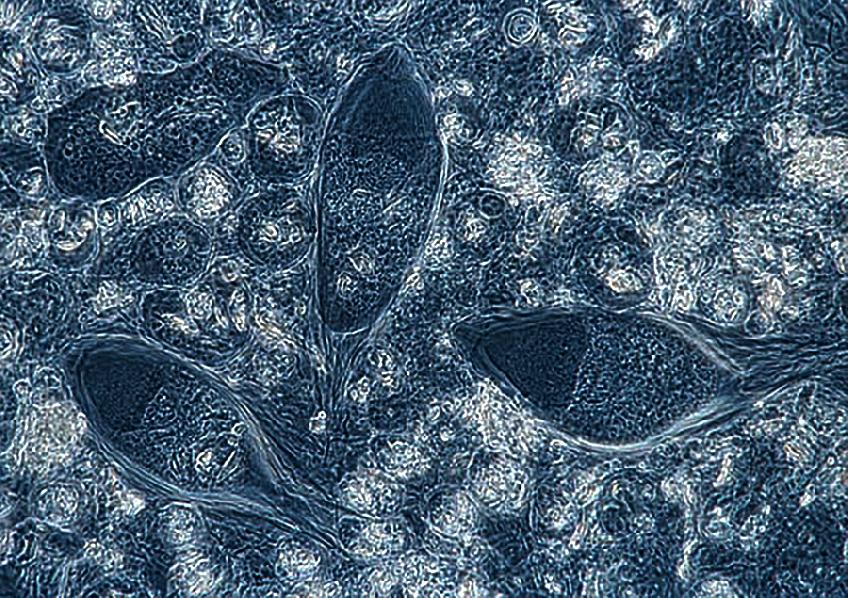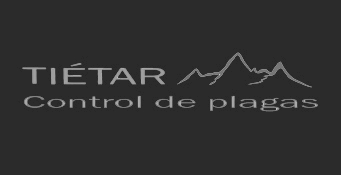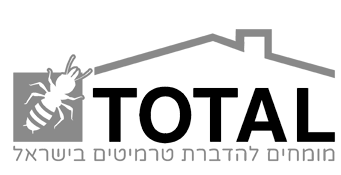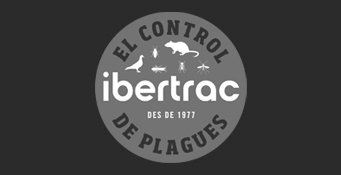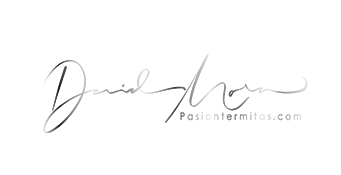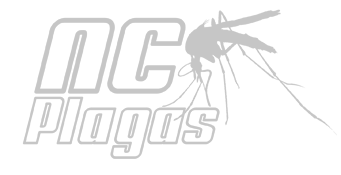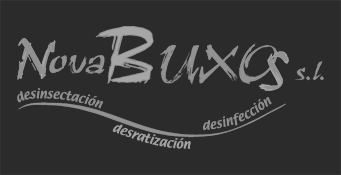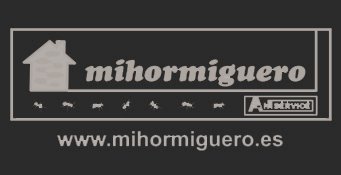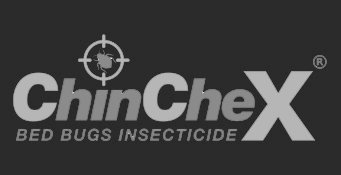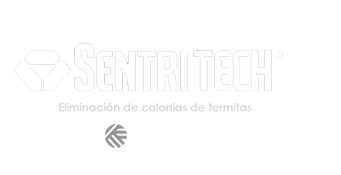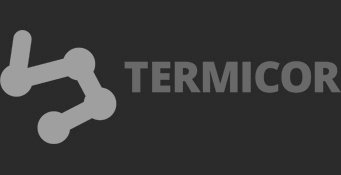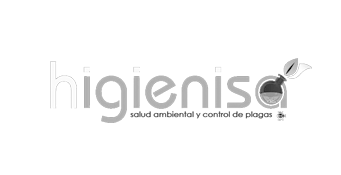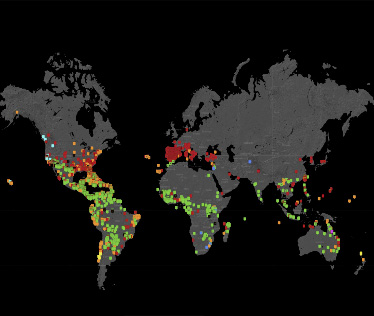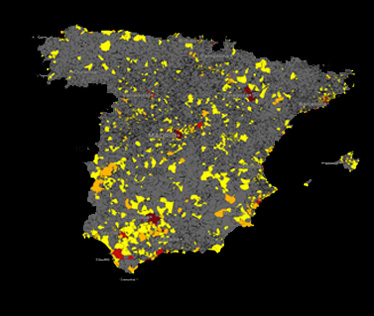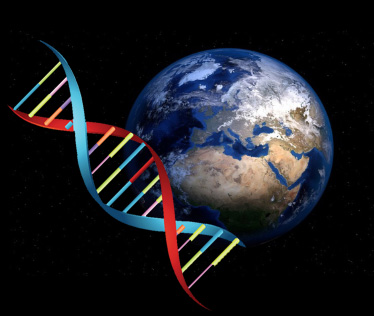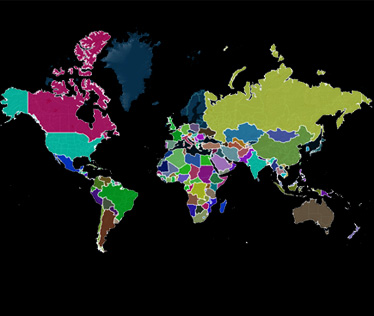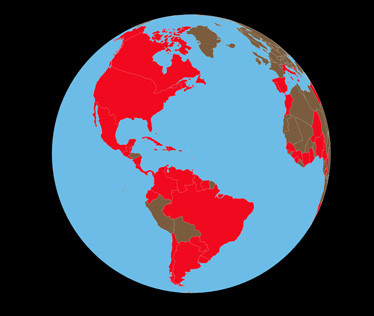Termite symbiotes
Protozoa
Have you ever been told that termites eat wood?
Well, you have been lied to, or at least it would be if we consider eating as the act of digesting a food and obtaining its benefits, such as nutrients and energy. Termites are actually unable to digest wood cellulose properly, so they have a large number of microbes living inside their intestines that help them carry out this mission. We call these microbes: termite symbionts. Termites could not live without these organisms that provide them with nutrients, nor microbes without termites that provide them with the raw material of their diet and the adequate environment to survive.
The so-called "lower termites" (those that feed only on wood and grass, with few species in this group that also feed on leaf litter and microepiphytes) have protozoa, bacteria and archaea as symbionts, while the "higher termites" (which they feed on soil and other food sources with a high proportion of silica and unrecognizable plant material) they have a more advanced intestine with digestive enzymes that only need to be helped by bacteria and archaea. All these symbionts inhabit mainly the caudal intestine (hindgut), a sector of the intestine of the termite that is dilated and acts as a fermentation chamber.
How are symbiotes transmitted?
When a termite is born, it does not have symbiotes within it. What's more, every time a dumb termite loses all of its symbiotes. In those termites that have protozoa, these must be delivered between individuals of the same colony through proctodeal trophalaxis. In other words, the immature and newly molted are fed through secretions from the anus, which contain the symbionts and food particles necessary for their survival. Instead, bacteria and archaea are transmitted through stomodeal trophalaxis, one in which individuals are fed using glands located in the thorax (usually the labial glands, also known as salivary glands) through the mouth.
The kings and soldiers of a colony are also fed through these mechanisms, due to their inability to feed themselves. This disability occurs in kings due to the wear of their jaws as they are unable to molt and the few feeding options because they are confined to the nuptial chamber, especially in cases of physogastric females. In soldiers, on the other hand, the inability to feed is due to the modification of their jaws to be used in defensive tasks, rendering them incapable of grinding food.
Have you been wanting to know more about termite symbiotes?
We recommend some articles that were used for the creation of this content:
Fuente de imagen de portada: http://www.microscopy-uk.org.uk/mag/wimsmall/termite.html
Un artículo escrito por la Dra. Valeria Palma-Onetto


